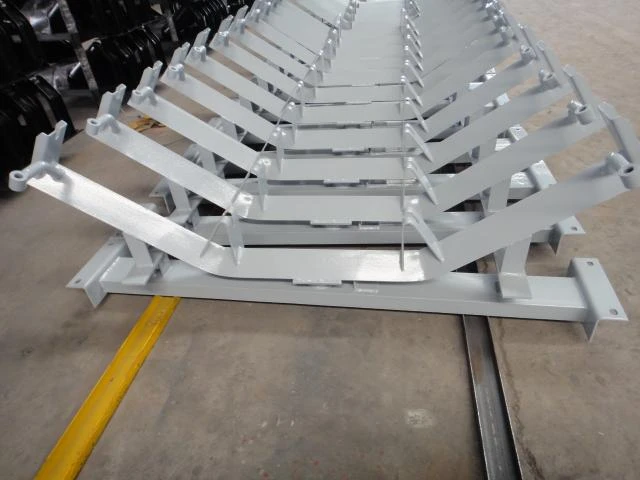 Afrikaans
Afrikaans  Albanian
Albanian  Amharic
Amharic  Arabic
Arabic  Armenian
Armenian  Azerbaijani
Azerbaijani  Basque
Basque  Belarusian
Belarusian  Bengali
Bengali  Bosnian
Bosnian  Bulgarian
Bulgarian  Catalan
Catalan  Cebuano
Cebuano  Corsican
Corsican  Croatian
Croatian  Czech
Czech  Danish
Danish  Dutch
Dutch  English
English  Esperanto
Esperanto  Estonian
Estonian  Finnish
Finnish  French
French  Frisian
Frisian  Galician
Galician  Georgian
Georgian  German
German  Greek
Greek  Gujarati
Gujarati  Haitian Creole
Haitian Creole  hausa
hausa  hawaiian
hawaiian  Hebrew
Hebrew  Hindi
Hindi  Miao
Miao  Hungarian
Hungarian  Icelandic
Icelandic  igbo
igbo  Indonesian
Indonesian  irish
irish  Italian
Italian  Japanese
Japanese  Javanese
Javanese  Kannada
Kannada  kazakh
kazakh  Khmer
Khmer  Rwandese
Rwandese  Korean
Korean  Kurdish
Kurdish  Kyrgyz
Kyrgyz  Lao
Lao  Latin
Latin  Latvian
Latvian  Lithuanian
Lithuanian  Luxembourgish
Luxembourgish  Macedonian
Macedonian  Malgashi
Malgashi  Malay
Malay  Malayalam
Malayalam  Maltese
Maltese  Maori
Maori  Marathi
Marathi  Mongolian
Mongolian  Myanmar
Myanmar  Nepali
Nepali  Norwegian
Norwegian  Norwegian
Norwegian  Occitan
Occitan  Pashto
Pashto  Persian
Persian  Polish
Polish  Portuguese
Portuguese  Punjabi
Punjabi  Romanian
Romanian  Russian
Russian  Samoan
Samoan  Scottish Gaelic
Scottish Gaelic  Serbian
Serbian  Sesotho
Sesotho  Shona
Shona  Sindhi
Sindhi  Sinhala
Sinhala  Slovak
Slovak  Slovenian
Slovenian  Somali
Somali  Spanish
Spanish  Sundanese
Sundanese  Swahili
Swahili  Swedish
Swedish  Tagalog
Tagalog  Tajik
Tajik  Tamil
Tamil  Tatar
Tatar  Telugu
Telugu  Thai
Thai  Turkish
Turkish  Turkmen
Turkmen  Ukrainian
Ukrainian  Urdu
Urdu  Uighur
Uighur  Uzbek
Uzbek  Vietnamese
Vietnamese  Welsh
Welsh  Bantu
Bantu  Yiddish
Yiddish  Yoruba
Yoruba  Zulu
Zulu Understanding the Functionality and Design of Conveyor Head Drums
The Role of the Conveyor Head Drum in Material Handling Systems
The conveyor head drum, often referred to as the drive drum, plays a critical role in the functionality and efficiency of conveyor systems used across various industries. This essential component is responsible for providing the necessary traction and movement for the conveyor belts that transport materials across different platforms, making it a pivotal element in material handling systems.
Design and Function
The design of the conveyor head drum typically features a cylindrical shape, constructed from robust materials such as steel or aluminum to withstand the rigors of heavy use. These drums are usually equipped with a textured or patterned surface to enhance grip on the conveyor belt, preventing slippage and ensuring smooth operation. The head drum is strategically located at the discharge end of the conveyor system, where it also serves as the point where the material is released onto another surface or into a processing area.
One of the primary functions of the head drum is to facilitate the drive mechanism of the conveyor. When the drum rotates, it drives the belt forward, allowing it to transport materials from one location to another. The integration of an electric motor, often connected through a pulley system, powers the drum’s rotation. This setup enables not only the movement of the belt but also the capability to control the speed and direction of the material flow, adapting to the needs of various operational environments.
Importance in Industry
In industries such as manufacturing, mining, and logistics, the conveyor head drum is indispensable. It significantly enhances productivity by automating the material handling process, reducing the need for manual labor, and minimizing the potential for human error. The efficient operation of conveyor systems equipped with reliable head drums can lead to increased throughput, reduced transit times, and enhanced overall efficiency.
conveyor head drum

Moreover, the head drum’s design can be tailored to specific applications, including variations in size, surface texture, and operational speed. This versatility allows for the transportation of a wide range of materials, from light commodities to hefty bulk items, thus making conveyor systems equipped with efficient head drums suitable for various sectors.
Maintenance and Durability
To ensure optimal performance and longevity, regular maintenance of the conveyor head drum is essential. This includes routine inspections for wear and tear, checking for proper alignment, and ensuring that the drive components are well-lubricated. Neglecting maintenance can lead to efficiency losses, increased energy consumption, and, ultimately, costly downtime due to equipment failure.
The durability of the head drum is also influenced by its material composition and the environment in which it operates. In settings where harsh conditions prevail, such as extreme temperatures or exposure to corrosive substances, selecting the right materials and protective coatings can significantly extend the lifespan of the drum.
Conclusion
In conclusion, the conveyor head drum is a crucial component in material handling systems, playing a vital role in driving efficiency and productivity across various industries. Its design, functionality, and importance in the operational framework underscore the necessity of selecting the right equipment and conducting regular maintenance. As industries continue to evolve towards greater automation and efficiency, the role of the conveyor head drum will undoubtedly remain central to supporting these advancements, ensuring that materials are transported effectively and reliably. Thus, investing in high-quality head drums and maintaining them adequately can yield substantial benefits in terms of operational efficiency and production success.
-
Revolutionizing Conveyor Reliability with Advanced Rubber Lagging PulleysNewsJul.22,2025
-
Powering Precision and Durability with Expert Manufacturers of Conveyor ComponentsNewsJul.22,2025
-
Optimizing Conveyor Systems with Advanced Conveyor AccessoriesNewsJul.22,2025
-
Maximize Conveyor Efficiency with Quality Conveyor Idler PulleysNewsJul.22,2025
-
Future-Proof Your Conveyor System with High-Performance Polyurethane RollerNewsJul.22,2025
-
Driving Efficiency Forward with Quality Idlers and RollersNewsJul.22,2025





























